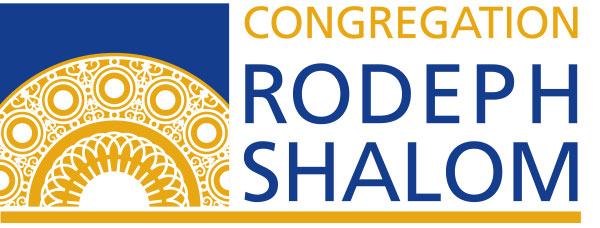What is the point of being in touch with our vulnerability, as Jews are pushed to do during the High Holy Day season?
Encountering the High Holy Day Prayer Book
On Rosh HaShanah it is written;
On the Fast of Yom Kippur it is sealed…
Who will live and who will die;
Who will reach the ripeness of age,
Who will be taken before their time;
Who by fire and who by water…
Who by earthquake and who by plague…
Who will rest and who will wander;
Who will be tranquil and who will be troubled…
I sat in shul for years reading these words before I realized the answer. The answer to each of these questions is “me.” Who will live and who will die? I will. Who at their end and who not at their end? Me. Like every human being, when I die it will be at the right time, and it will also be too soon. Fire, water, earthquake, plague? In my lifetime, I’ve been scorched and drowned, shaken and burdened, wandering and at rest, tranquil and troubled. That has been my life’s journey.
Of course I prefer to deflect this truth. I would much prefer to let the prayers talk about someone else, perhaps the fellow in the next row. It has taken a lifetime to reveal that defense as a lie. The prayer is not about someone else. It’s about me. It is a frightfully succinct summary of my existence. So now I read it again, but in the first person, and it makes me shiver.
I will live and I will die, at the right time and before my time,
I will wander but I might yet find rest,
I will be troubled but I may achieve tranquility.
This is the central truth of the High Holy Days. This is what makes them Yamin Nora’im, days of terror. We are vulnerable.
-Rabbi Edward Feinstein (page 206 Mishkan Hanefesh)
